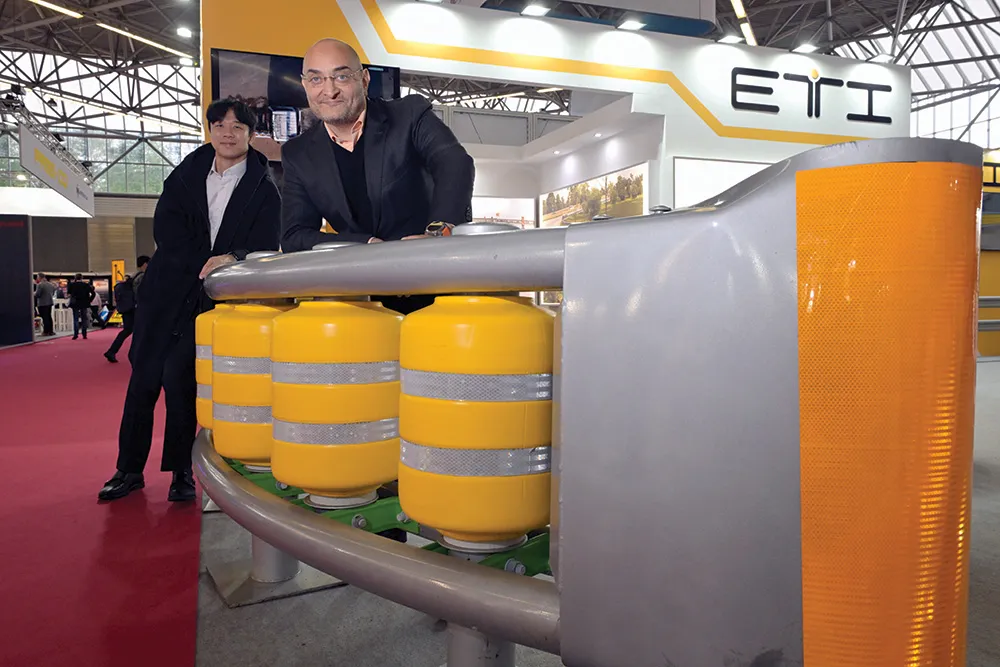Designated Parking has announced the MySpot 30 parking barrier. According to Dori Teich, President of the company, it combines physical and visual features that will deter even the most determined unauthorised parker.
August 3, 2012
Read time: 1 min

The hinged, horseshoe-shaped unit stands 55.9cm high when activated, and a mere 7.6cm when folded. The user unlocks the raised barrier with a key and pushes it to the ground with light foot pressure, where it locks in place. After leaving the space the user simply steps on a pedal to release the barrier from its ground lock. The barrier rises under its own power to its vertical locked position.










